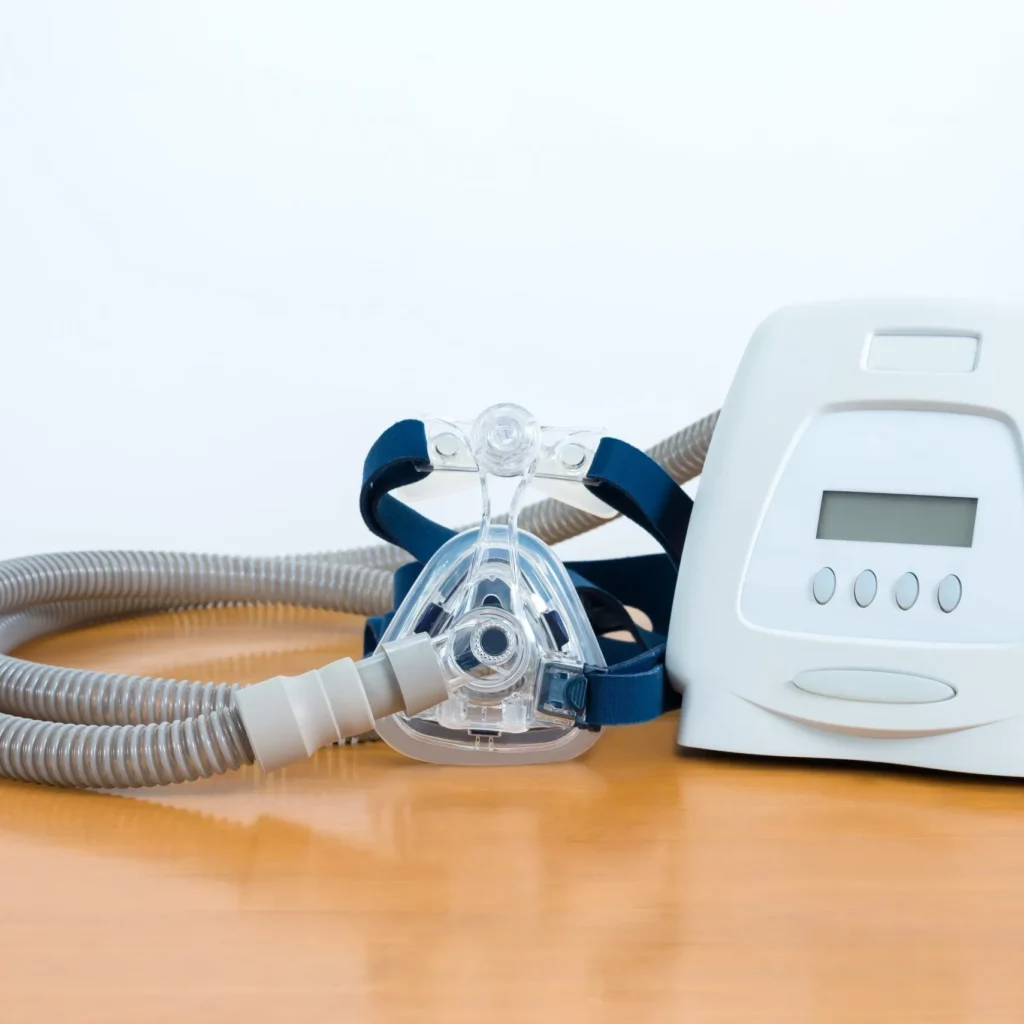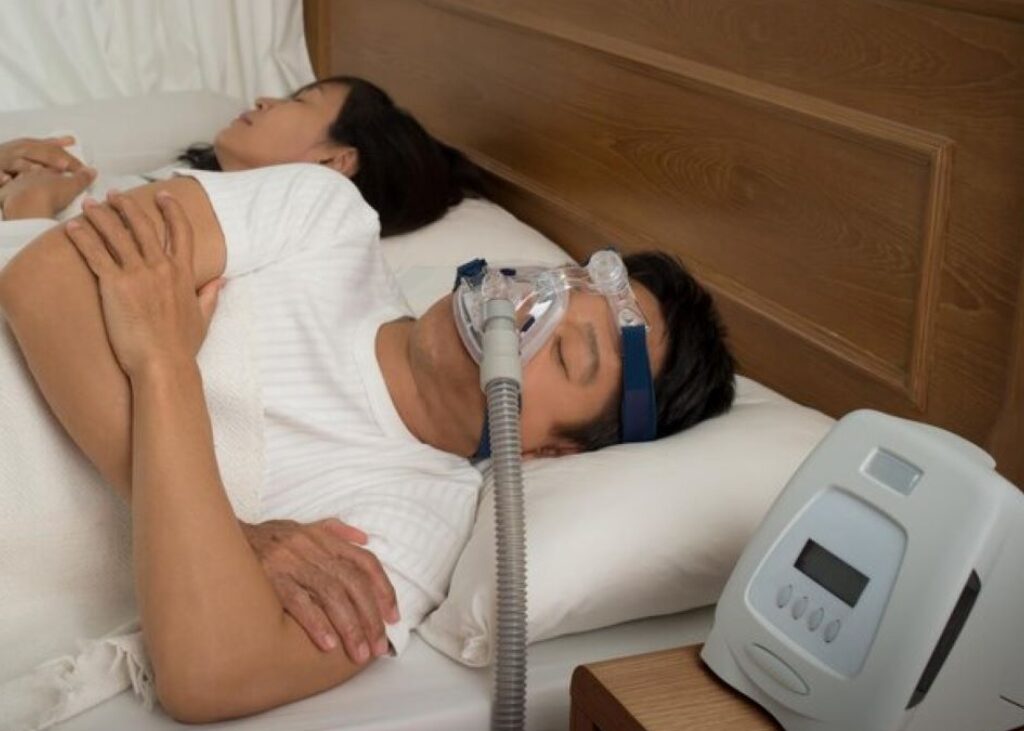Continuous Positive Airway Pressure (CPAP) machines are vital for individuals suffering from sleep apnoea. These devices help keep the airways open during sleep, ensuring a restful night and a healthier lifestyle. However, to ensure their effectiveness and longevity, proper maintenance is essential. This article outlines proven tips for maintaining CPAP machines in Australia, helping users get the most out of their devices.
Understanding the Importance of Maintenance
Regular maintenance of CPAP machines is crucial for several reasons. Firstly, it ensures the device operates efficiently, providing the necessary airflow to keep airways open. Secondly, proper care helps to prevent the build-up of bacteria and mould, which can lead to respiratory issues. Lastly, maintaining the machine can prolong its lifespan, saving users from costly replacements.
Maintaining a CPAP machine is essential for ensuring its effectiveness and longevity. By incorporating daily, weekly, and monthly maintenance tasks, users can enhance their health outcomes and prolong the life of their equipment. Regular inspections, proper storage, and troubleshooting common issues are also crucial for optimal performance. With these proven tips, CPAP machines Australia and users in Australia can enjoy a restful night’s sleep and improved overall well-being.
Moreover, regular maintenance can also enhance the overall user experience. A well-maintained CPAP machine operates quietly and smoothly, which can significantly improve the quality of sleep for both the user and their partner. The comfort of the mask and the integrity of the tubing are also paramount; any wear and tear can lead to air leaks, which not only disrupt therapy but can also be quite frustrating. Therefore, users should be vigilant about checking for any signs of damage or wear, ensuring that their equipment remains in peak condition.
Health Benefits
When a CPAP machine is well-maintained, it functions optimally, which translates to better health outcomes for the user. Clean and properly functioning equipment reduces the risk of infections and enhances the quality of sleep. Users are less likely to experience side effects such as nasal congestion or throat irritation, which can occur with poorly maintained devices. Furthermore, the psychological benefits of consistent and effective treatment cannot be overlooked. When users feel confident in the reliability of their CPAP machine, they are more likely to adhere to their prescribed therapy, leading to improved overall health and well-being.

Cost-Effectiveness
Investing time in the maintenance of a CPAP machine can lead to significant savings in the long run. Regular cleaning and replacement of parts can prevent the need for expensive repairs or replacements. Additionally, many health insurance plans cover the costs of CPAP equipment, but they may have stipulations regarding maintenance. Keeping the device in good condition can ensure continued coverage. Furthermore, some manufacturers offer warranties that may be voided if the machine is not properly maintained. By adhering to maintenance guidelines, users not only safeguard their investment but also contribute to the sustainability of their treatment plan, ensuring that they can continue to manage their sleep apnea effectively without unexpected financial burdens.
Daily Maintenance Practices
Incorporating daily maintenance practices into your routine can greatly enhance the performance and longevity of your CPAP machine. These practices are simple yet effective and can be completed in just a few minutes each day.
Cleaning the Mask and Tubing
One of the most critical aspects of daily maintenance is cleaning the mask and tubing. Users should wash the mask with warm, soapy water every day to remove oils and dirt. It is essential to rinse thoroughly to avoid any soap residue that may irritate the skin during use. The tubing should also be cleaned regularly, ideally every few days, to prevent the build-up of moisture and bacteria.
Checking for Leaks
Another vital daily task is to check for air leaks in the mask and tubing. A proper seal is necessary for the CPAP machine to function correctly. Users should ensure that the mask fits snugly against the face without being overly tight. If leaks are detected, adjusting the straps or considering a different mask size may be necessary.
Weekly Maintenance Tasks
In addition to daily practices, weekly maintenance is essential for keeping a CPAP machine in optimal condition. These tasks may require a bit more time but are equally important.
Deep Cleaning the Equipment
Once a week, a more thorough cleaning of the CPAP equipment is recommended. This includes disassembling the mask, tubing, and water chamber. Soak these components in a solution of warm water and mild detergent for about 30 minutes. After soaking, rinse them thoroughly and allow them to air dry completely before reassembling. This deep clean helps to eliminate any lingering bacteria and ensures that the equipment remains hygienic.
Replacing Filters
CPAP machines typically come with filters that need to be replaced regularly. Depending on the type of filter, users may need to change them every month or as recommended by the manufacturer. Dirty filters can restrict airflow and may lead to the accumulation of dust and allergens in the machine. Ensuring that filters are clean and replaced on schedule is vital for maintaining air quality. Find more about allergens on https://www.urmc.rochester.edu/encyclopedia/content.aspx?contenttypeid=85&contentid=p00039
Monthly Maintenance Guidelines
Monthly maintenance tasks are essential for the long-term functionality of a CPAP machine. These tasks may require more attention and should not be overlooked.

Inspecting the Equipment
Once a month, users should perform a thorough inspection of their CPAP machine. This includes checking the device for any signs of wear and tear, such as cracks or damage to the casing. Users should also inspect the power cord and plug for any fraying or damage. If any issues are detected, it is advisable to contact a professional for repairs or replacements.
Consulting with Healthcare Providers
Regular consultations with healthcare providers are crucial for CPAP users. These appointments allow for adjustments to therapy settings and discussions about any issues experienced with the equipment. Healthcare providers can offer valuable advice on maintaining the machine and may recommend additional accessories or upgrades to enhance comfort and effectiveness.
Storing CPAP Machines Properly
Proper storage of CPAP machines is often overlooked but is essential for maintaining their functionality. When not in use, the machine should be stored in a cool, dry place, away from direct sunlight and extreme temperatures. This helps to prevent damage to the internal components and ensures the device remains in good working order.
Travel Considerations
For those who travel frequently, special considerations must be made when transporting CPAP machines. It is advisable to use a protective case to prevent damage during transit. Additionally, users should ensure they have access to a power source at their destination, and it may be beneficial to carry extra supplies, such as filters and tubing, in case of emergencies. Click here to find more about damage.
Common Issues and Troubleshooting
Despite regular maintenance, users may encounter issues with their CPAP machines. Understanding common problems and their solutions can help users address these issues promptly.
Excessive Noise
If a CPAP machine is making excessive noise, it may indicate a problem with the motor or a loose component. Users should check to ensure that all parts are securely attached and that there are no obstructions in the airflow. If the noise persists, it may be necessary to consult a technician for further evaluation.
Discomfort During Use
Discomfort while using a CPAP machine can be caused by various factors, including an ill-fitting mask or incorrect pressure settings. Users should ensure that their mask fits properly and consider trying different styles if discomfort continues. Additionally, consulting with a healthcare provider can help in adjusting the pressure settings for optimal comfort.
Read more at: Is a CPAP Machine Right for You Signs It’s Time to Get One

